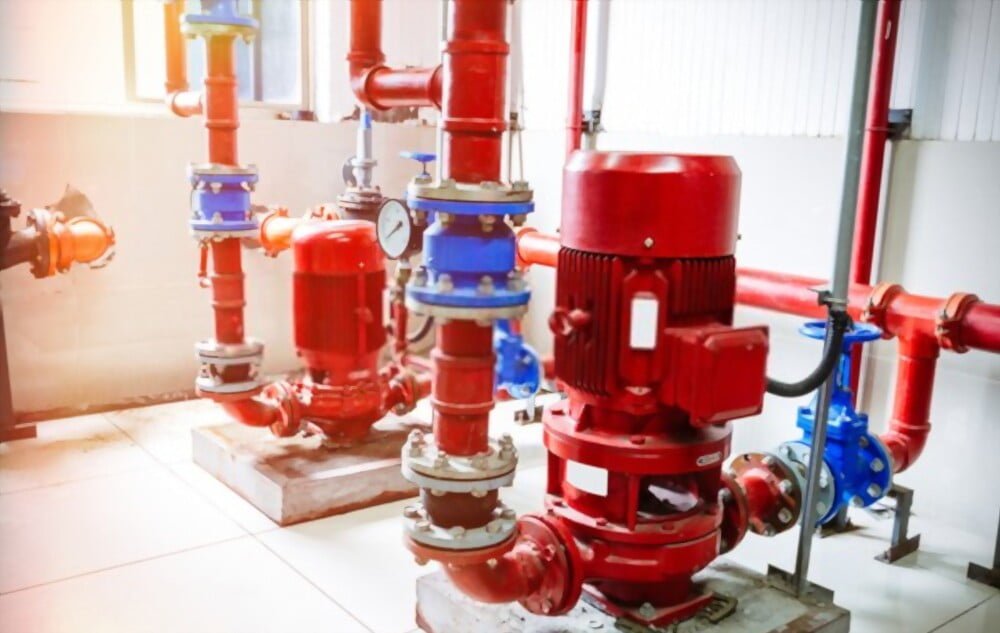
Choose the Ideal Supplier for Firefighting pumps
Rayde Company specializes in supplying firefighting pumps of various types that hold certifications from internationally recognized testing laboratories approved by civil defense authorities. These firefighting pumps comply with the general safety requirements for buildings and facilities, aiming to meet customer needs and minimize fire losses as much as possible.
A specialized emergency fire pump that operates on electricity, steam/gas, or diesel. Its main function is to push water through a pump into fire suppression systems. At Rayde Fire Fighting Company, we provide you with the best original and high-quality fire water pumps to ensure safety and security.
We supply high-quality commercial firefighting pumps.
We ensure the precise installation of firefighting pumps at the lowest costs and prices compared to their quality, catering to all customers’ needs.
Customer satisfaction is our priority. We are available 24/7 to respond to all your inquiries and questions promptly, providing service and meeting your requirements.
We offer firefighting pumps with suitable designs for all interior and exterior sections of buildings, complete with accessories that align with customer preferences.
All our products comply with international specifications, standards, and the requirements of the Saudi Civil Defense. They are dense, thick, and provide excellent fire insulation.
Rayde for Fire Protection Engineering Consultations is a certified company by Civil Defense and several government entities. It works on finding integrated, effective, and innovative engineering solutions and establishing strategic partnerships for fire protection and prevention.
Approving civil defense plans Designing safety plans, issuing safety licenses, approved safety report, engineering consulting office, designing and approving a safety plan, issuing a technical report.